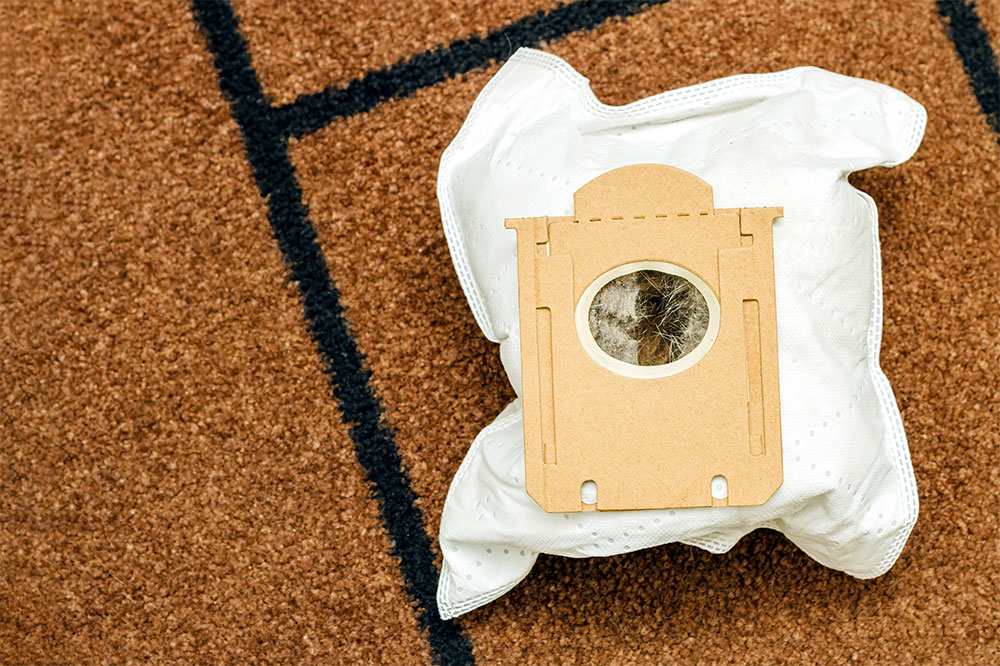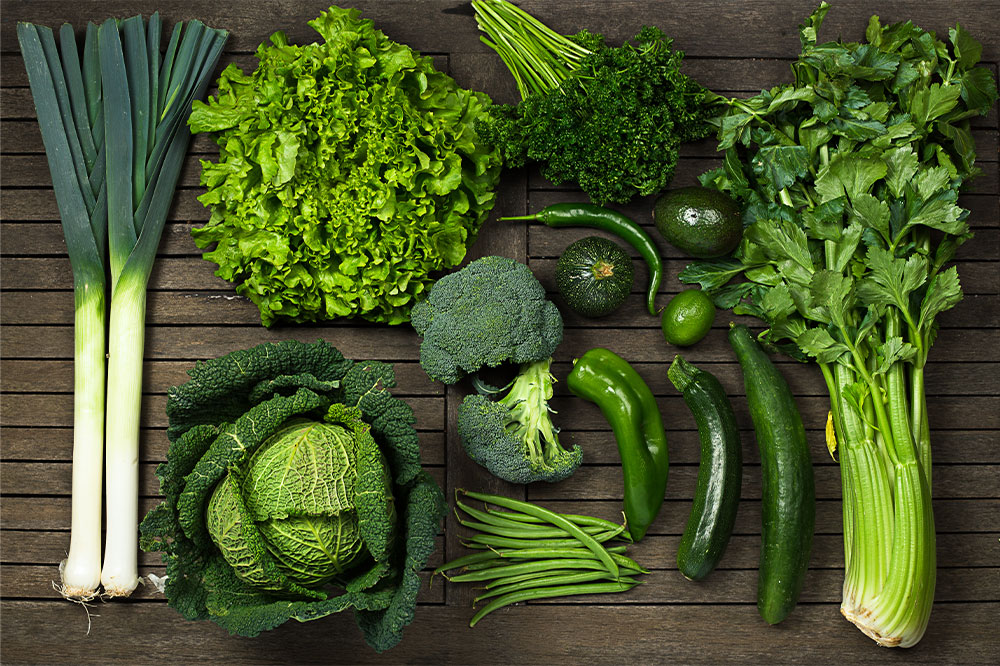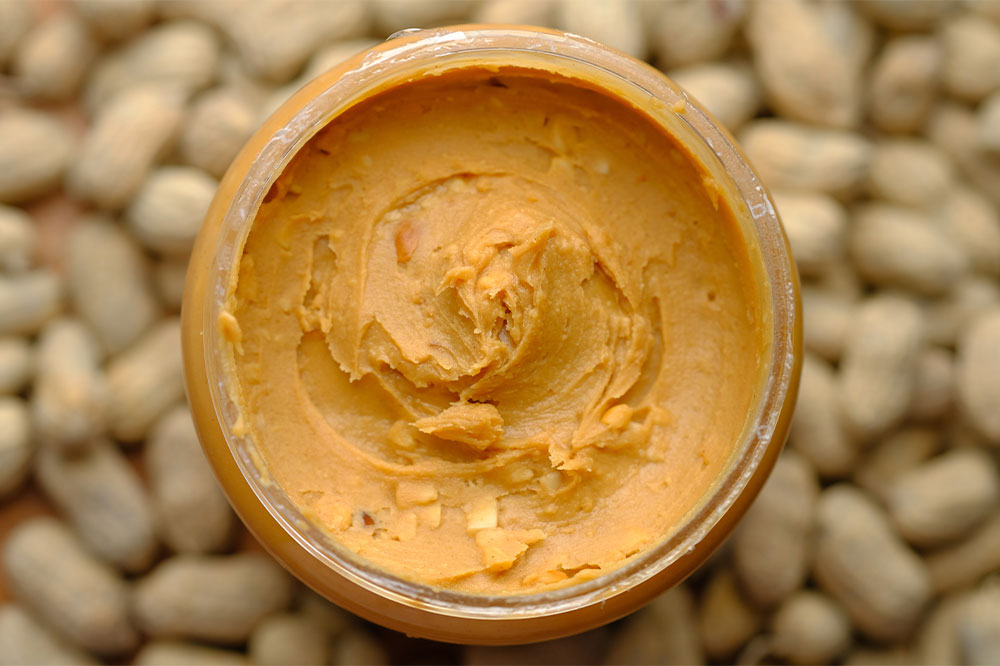Stomach cancer and desmoid tumors – What they are and how they differ

Stomach cancer and desmoid tumors are serious health conditions characterized by the unchecked growth of abnormal cells or tissues in one’s body. These diseases primarily affect the stomach and adjacent bodily structures, potentially impacting one’s overall well-being. Understanding how these conditions affect one’s organs, their different features and similarities, early signs, and available treatment options is essential for proactive healthcare management. Here is what one needs to know about both conditions:
Gastric cancer and desmoid tumors – What they are
Gastric cancer is also known as stomach cancer. It is characterized by the uncontrolled growth of abnormal cells within the inner stomach lining. These cells accumulate, forming a tumor that can invade nearby tissues and, in later stages, spread to distant parts of the body, a process known as metastasis. Genetic factors, previous stomach conditions like GERD or ulcers, or overexposure to coal, metal, or rubber can influence stomach cancer.
Desmoid tumors, on the other hand, are abnormal growths that develop from the body’s connective tissues. Connective tissues serve as a support and link between one’s bones, ligaments, and muscles. A desmoid tumor is an extremely rare disease and usually grows slowly. Unlike cancer, these tumors don’t spread to other body parts. They are non-cancerous in nature, but they can cause problems because of their local growth. They tend to grow and press on nearby structures, leading to symptoms like pain or limited movement. Genetic mutation, high estrogen, pregnancy, or bodily trauma are some risk factors for desmoid tumors.
Types of desmoid tumors
Medically, three types of desmoid tumors are determined by their location. When tumors form in one’s stomach region, including the upper abdomen, they are called abdominal wall desmoid tumors. When the tumor affects one’s tissues that connect the stomach wall and intestines, it is termed an intra-abdominal desmoid tumor. Extra-abdominal desmoid tumors can develop in one’s arms, legs, or chest regions and spread to the neck or head.
How desmoid tumors and stomach cancer differ
The most significant difference is the nature and behavior of the conditions. Gastric cancer is a malignant cancer, meaning it has the potential to spread to other parts of the body and can be life-threatening. It originates from the stomach region. Desmoid tumors, on the other hand, are benign or non-cancerous, meaning they do not metastasize, but they can be locally aggressive and cause significant local damage. Desmoid cancer can develop anywhere in one’s body, particularly the stomach, legs, or arms.
Common signs of gastric cancer and desmoid tumor
Here are a few common signs of both conditions one should know about:
- Palpable lump or mass
Both conditions develop a tumor in the affected area, which may be a firm, palpable lump or mass underneath the skin. This lump may feel like a bump or growth and may be painless or mildly painful at the outset. - Pain
Both gastric cancer and desmoid tumors can cause pain. In the case of gastric cancer, individuals may experience abdominal pain or discomfort, particularly in the upper abdomen. Desmoid tumors can also cause soreness, localized pain, or discomfort, depending on their location and the structures they affect. The pain in both conditions may be mild or severe. - Pressure and discomfort
Both conditions can lead to a feeling of pressure or discomfort in the affected area. Gastric cancer may cause a sense of fullness or bloating in the stomach region, while desmoid tumors can create pressure on nearby tissues and organs.
Early signs of gastric cancer
In many cases, stomach tumors may grow without showing any significant symptoms. But certain signs should prompt one to get a medical diagnosis immediately.
- Abdominal swelling
One of the earliest and most common signs of the condition is stomach swelling, which may seem like bloating and cause a dull ache or a gnawing sensation. - Loss of body mass
Significant and unintentional loss of fat or body mass without changes in one’s lifestyle or physical activity can be a warning sign of gastric cancer. - Nausea and vomiting
Frequent nausea and vomiting, especially if they occur without an apparent cause, like food poisoning or other illnesses, should raise concerns. One may also vomit blood. - Loss of appetite
A noticeable decrease in appetite, along with feelings of fullness even after eating a small quantity of food, can be indicative of gastric cancer. - Gastrointestinal bleeding
Gastric cancer may lead to gastrointestinal bleeding, which can manifest as dark, tarry, or bloody stools. - Difficulty swallowing
Dysphagia, or difficulty swallowing, may develop as the cancer progresses and obstructs the passage of food through the esophagus or food pipe. - Jaundice
In advanced cases where the cancer spreads to the liver or bile ducts, one may experience jaundice, characterized by yellowing skin and the eyes’ whites. - Fatigue and weakness
Unexplained fatigue, weakness, and a general sense of feeling unwell can accompany stomach cancer, especially as it advances. - Other signs
Heartburn, indigestion, and low hemoglobin or anemia can all be early signs of stomach cancer.
Early signs of desmoid tumor
Desmoid tumors may show certain early signs that should warrant a prompt medical check-up:
- Limited range of motion
Depending on the tumor’s location, it may restrict movement in nearby joints or muscles. This limitation in range of motion can become noticeable early on. One may also limp or find it difficult to move one’s arms. - Bowel or bladder problems
Desmoid tumors located near the gastrointestinal or urinary tract can lead to issues such as bowel obstruction, constipation, intestinal rupture, or difficulty with urination. - Skin changes
Sometimes, the skin overlying the desmoid tumor may appear reddened or discolored. This can be an early visual clue to the tumor’s presence. - Asymptomatic
It’s important to note that desmoid tumors can be slow-growing and may not cause noticeable symptoms in some individuals. They may only be detected incidentally during medical examinations for other reasons.
It’s important to note that these early signs and symptoms of both conditions can be subtle and may overlap with other common gastrointestinal issues. However, if one experiences persistent or worsening symptoms, especially in combination, seeking medical evaluation and diagnosis is advisable. Early detection and intervention can significantly improve gastric cancer’s prognosis and treatment options.
Treatment for stomach cancer and desmoid tumors
Targeted therapy, chemotherapy, hormone therapy, and surgery are some treatment options for these conditions. In addition, stomach tumors can also be treated using immunotherapy, gastrectomy, laser or radiation therapy, and clinical trials. It’s relatively easier to treat a patient if the tumor in gastric cancer is only in the stomach and hasn’t spread out.







